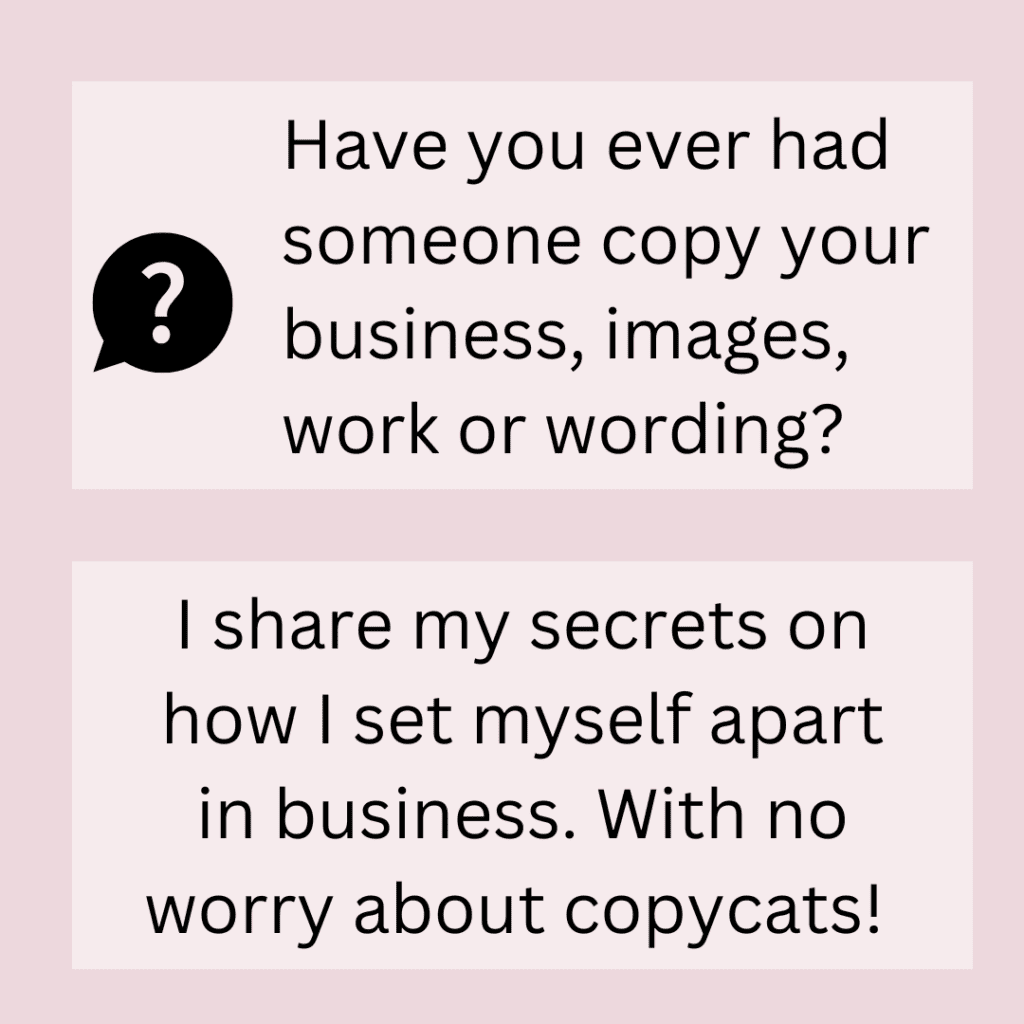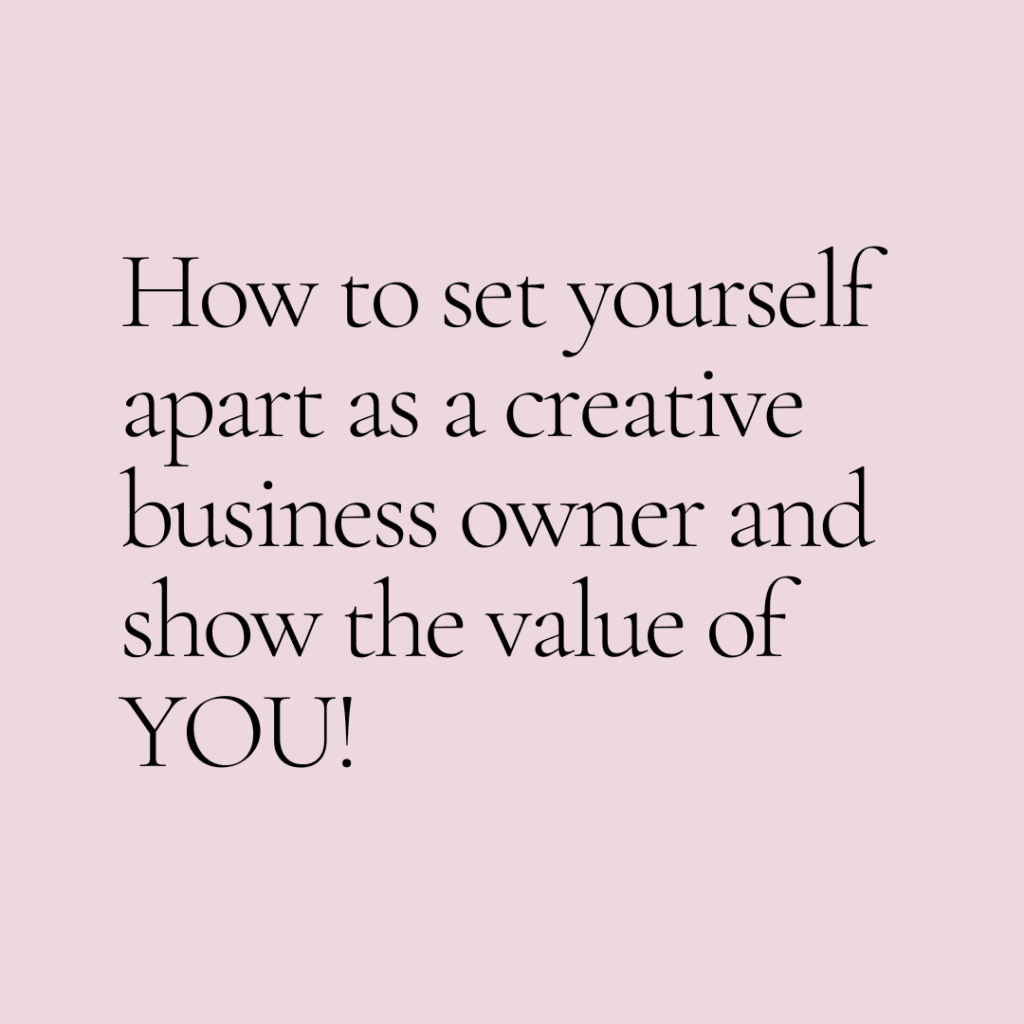Inspiration, emulation and copying as an artist and business owner
As a photographer in the wedding industry and now brand photography industry for the past 18+ years I have had copy cats. I like many other artists and business owners have had people straight up copy my work, my website copy, post images without permission and steal my text for my client emails word for word…Yes, it’s true that people inquire with you just to get all of your email templates and process.
My experience with copycats
I have had a few other photographers follow EVERY SINGLE ONE of my clients on Instagram. Yep, people do that too, thinking they can steal clients away from you with lower prices, similar work and cold emails and messages. But guess what, it doesn’t matter to me. Yes, I see it, yes it makes me a little annoyed and it gets under my skin at times but, I know that the reason my clients choose to work with me is for ME.
The experience that they have had, the connection they feel to my personality and work and how I made them feel. Yes, they can go to someone that is cheaper than me, that has the same photography style but they will not get the same service or experience. I have created my entire business based around my client experience and making sure that I treat my clients well, problem solve for them, make them feel incredible and give great direction when they are in front of my camera.
I wanted to share this post in ways of potentially helping newcomers to the industry be able to stand out, create amazing systems and workflows that give their clients a create experience. And know that they don’t’y have to copy to have a fantastically profitable business with raving fans for clients.


What is the difference between emulation and copying?
Understanding the differences between inspiration, emulation, and straight-up copying is essential for ethical and creative development. Here’s a breakdown of each term:
Inspiration: Inspiration refers to the act of being influenced or motivated by someone or something. It’s about drawing ideas, concepts, or techniques from the work of others. And, incorporating them into your own photography or creative skill in a unique way. Inspiration can come from various sources, such as other artists, art forms, nature, or everyday life. It’s a way to stimulate your creativity and explore new possibilities in your own work.
Emulation: Emulation involves studying and imitating the style, techniques, or approaches of another artist, business owner or a particular body of work. This goes beyond being inspired and involves a deliberate effort to recreate similar aesthetics, composition, lighting, wording or other elements. Emulation can be a valuable learning tool. Think Pinterest, this is a great tool to use to go find inspiration, create ideas and see how you can make a project, style or skill your own. However, it’s important to use emulation as a stepping stone towards finding your own voice, style and creative process. Rather than simply replicating the work of others.
Copying: Copying, on the other hand, involves directly replicating someone else’s work without adding any significant originality or creative input. By copying your competitions sales packages/pricing, emails or website copy. It’s a straightforward duplication of the original image or concept, often without permission or proper credit. Also, It can be an SEO nightmare for both parties involved ad well. If two people have the same exact wording it is highly frowned upon by Google and hurts in organic searches. Copying is generally considered unethical and disrespectful to the original artist’s intellectual property rights and creative efforts. It hinders your personal growth as an artist and business owner. It can also damage your reputation within the community you serve. Trust me, people take notice!
Learn how to and what sets you apart
It’s important to strike a balance between being inspired by others’ work. By learning from their techniques through developing your unique creative vision and workflow in business. While it’s natural to be influenced by other business owners and artists, it’s crucial to infuse your work with your own ideas, perspectives, and personal style. Always strive for originality, authenticity, and respect for the artistic contributions and business practices of others. Stay tuned for my next post. I will be sharing five ways to set your own style as a business owner and create a fantastic experience for your clients without resorting to copying your competiton.
Also, did you know I did one on one personalized business coaching? I work with you to help create systems, that help you stand out! As well as workflows that create a phenomenal client experience and make you look good! Find out more HERE

+ view comments . . .